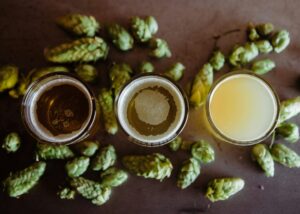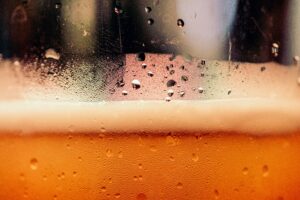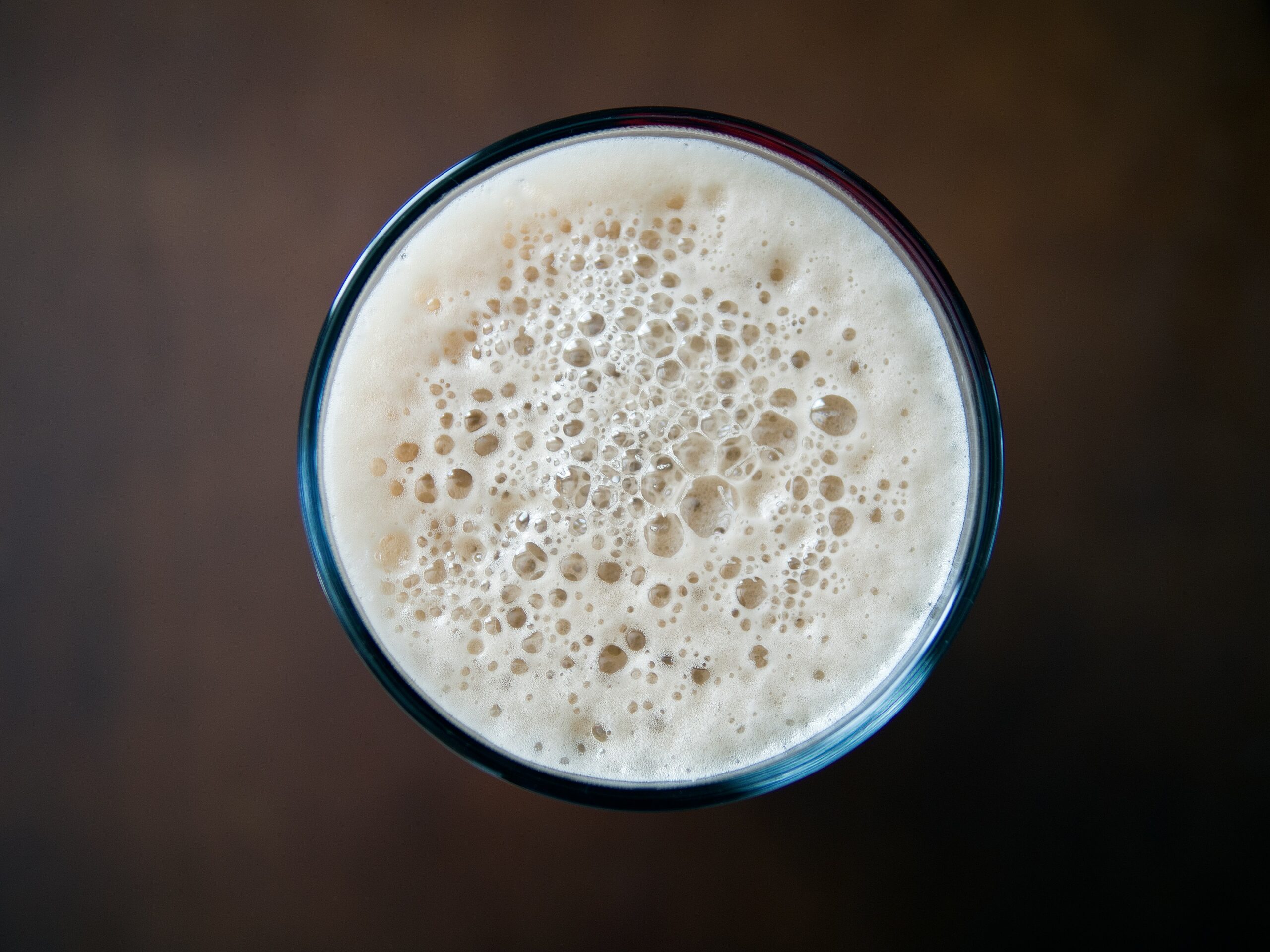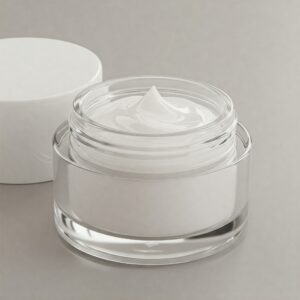Filtration is a crucial step in brewing that ensures beer meets the highest standards of clarity, flavor, and shelf stability. Whether you’re a homebrewer or running a commercial brewery, understanding the beer filtration process is vital for creating a high-quality product. In this article, we’ll explore why filtration is important, the methods used, when to filter beer, and specific techniques like post-fermentation filtration and microfiltration.
Why filter beer
Filtering beer is about more than just visual appeal. While a crystal-clear beer is often more attractive to consumers, filtration serves several practical purposes:
- Clarity and Aesthetics: Filtration removes suspended particles like yeast, proteins, and hops, resulting in a bright, clear appearance.
- Flavor Stability: Unfiltered beer can continue fermenting in the bottle or keg, altering its intended flavor. Filtration halts this process, ensuring consistency.
- Shelf Life: Filtration removes microorganisms and residual solids that can spoil beer over time, extending its shelf life.
- Enhanced Drinkability: A clean, crisp beer is often more appealing and palatable to consumers, especially in styles where clarity is a hallmark.
While not all beers require filtration—some styles, like hazy IPAs, are celebrated for their cloudiness—it’s an essential process for most lagers, pilsners, and pale ales.

How to filter beer: methods
Brewers use several filtration methods, each suited to different beer styles and production scales. Here’s an overview of the most common techniques:
1. Plate and frame filters
This method involves passing beer through a series of filter plates layered with filter media. It’s a popular choice for commercial breweries due to its efficiency and scalability. Plate and frame filters are excellent for removing both large particles and fine impurities.
2. Depth filtration
In depth filtration, beer flows through a thick filter medium, such as diatomaceous earth or cellulose, which traps particles throughout its layers. This method is ideal for filtering out yeast and proteins.
3. Cartridge filters
Cartridge filters use a cylindrical filter medium to remove particles. They’re available in various pore sizes, making them suitable for anything from coarse filtration to sterile filtering.
4. Cold crashing
Although not technically a filtration method, cold crashing involves chilling the beer to near-freezing temperatures. This causes suspended particles to coagulate and settle at the bottom, simplifying the filtration process.
When filtering beer
Timing is everything when it comes to filtering beer. Filtration typically occurs at two key stages:
- Before Packaging
Filtering beer before packaging ensures that no residual yeast or particulate matter enters bottles, cans, or kegs. This step is critical for ensuring clarity and stability. - After Fermentation
Some brewers filter beer directly after fermentation to remove yeast and other solids, but before aging or secondary fermentation. This approach can help streamline production for certain styles.
Filtering beer after fermentation
After fermentation, beer contains a mix of yeast, proteins, and hop particles that can affect its clarity and flavor. Filtering at this stage is common for brewers aiming to create clean, crisp beers like lagers or pilsners.
Steps to filter beer after fermentation
- Cold Crash the Beer: Lowering the temperature helps settle particles, making filtration easier.
- Choose the Right Filter: Depending on the desired clarity, select a filter with an appropriate pore size. Coarse filters work well for initial filtration, while finer filters are used for polishing.
- Use a Pump System: For larger batches, a pump system can push the beer through the filter, ensuring even flow and efficient filtration.
- Sanitize Equipment: Always sanitize filters and lines to prevent contamination during this critical stage.
Filtering after fermentation also prevents over-carbonation and improves the stability of the beer, especially if it will be stored for an extended period.

Beer microfiltration
Microfiltration is a highly effective method for ensuring beer quality, particularly in commercial brewing. This process uses membranes with extremely fine pores to remove unwanted particles and microorganisms without altering the beer’s flavor or aroma.
Benefits of microfiltration
- Sterilization: Microfiltration can remove bacteria and yeast, reducing the need for pasteurization.
- Consistency: It ensures that every batch has the same clarity and flavor profile.
- Preservation: By removing spoilage organisms, microfiltration extends the beer’s shelf life.
How microfiltration works
- Preparation: Beer is pre-filtered using coarser methods to remove large particles.
- Membrane Filtration: The beer is passed through a membrane filter, typically with pore sizes ranging from 0.1 to 1 micron.
- Post-Filtration Treatment: Once filtered, the beer is ready for carbonation, packaging, or further processing.
Microfiltration is particularly useful for brewers who want to avoid the heat of pasteurization, which can sometimes impact the beer’s taste.
Final thoughts
The beer filtration process is both an art and a science, balancing clarity and flavor while maintaining the integrity of the brew. From traditional plate filters to advanced microfiltration systems, each method offers unique advantages depending on the beer style and production scale.
Whether you’re a hobbyist brewer or running a commercial operation, understanding and optimizing your filtration process is key to producing high-quality, consistent beer that meets the expectations of your customers.





